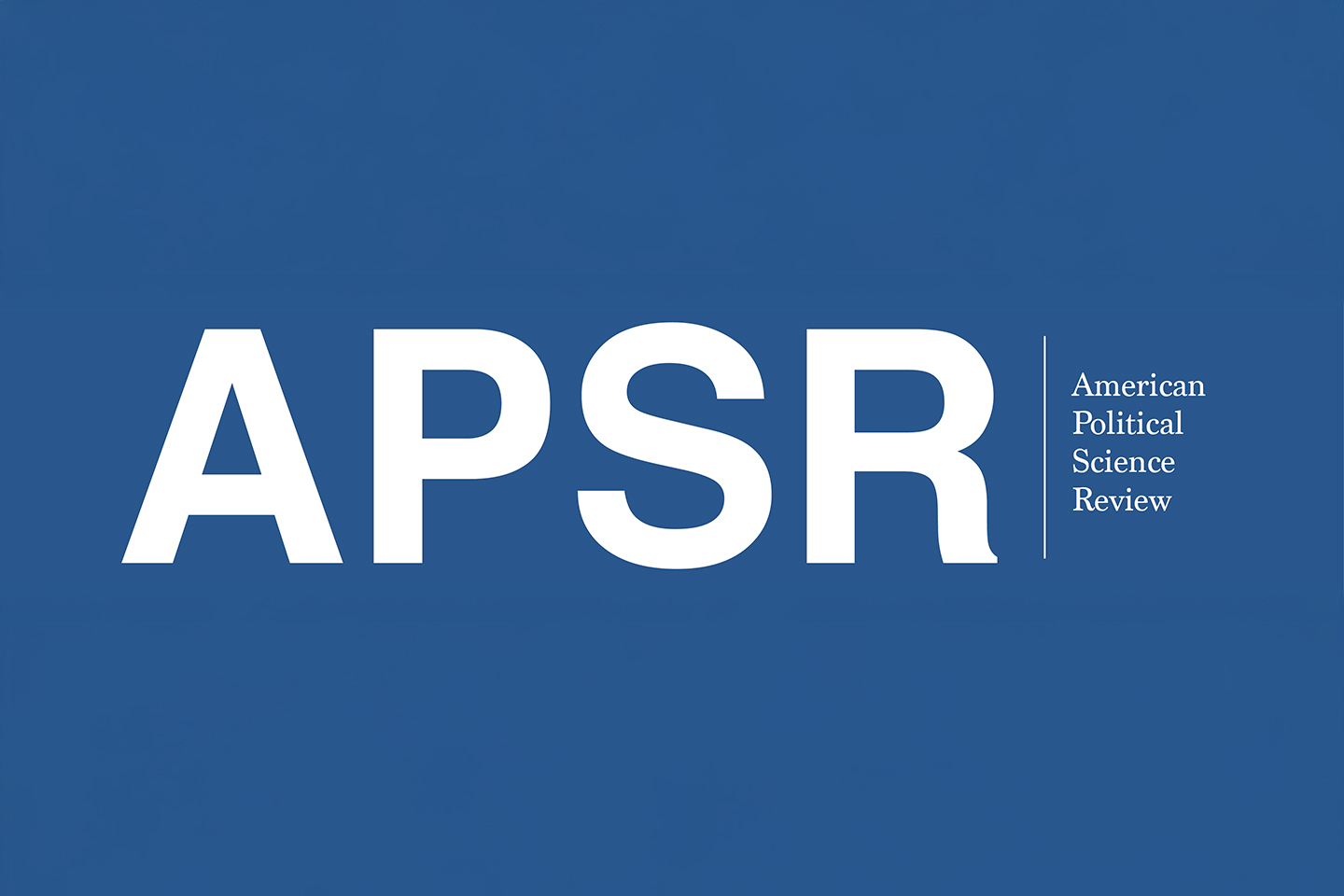
The views expressed are those of the author and do not represent the views of the SNF Agora Institute or Johns Hopkins University.
Author: Simon Halliday
In teaching economics, the instructor scaffolds what they teach on an implicitly assumed
or explicitly recognized ethical vision. Such a vision holds true even as economists often
separate “positive economics” from “normative economics,” claiming positive economics finds
its basis in data and theory whereas normative economics concerns the ought or ethical
statements that data or theory may imply (Davis, 2016). Economics, furthermore, suffers from
lack of diversity: from white men constituting the majority of researchers and teachers, to
textbooks that fail to show the diverse range of real people participating in the economy (Aerni,
Bartlett, Lewis, McGoldrick, & Shackelford, 1999). In contrast, students taking economics at the
undergraduate level, and particularly at Smith College, a liberal arts college in Massachusetts
where I teach as an assistant professor, are especially diverse. I believe, therefore, that the
choices about what an instructor teaches in a course and how that instructor does so are
ethical choices in teaching. These choices cohere around an instructor’s pre-analytic vision of
what a course ought to achieve, how the instructor models for students what constitutes good
economics, or how diverse voices improve economics (Schumpeter, 2006/1954).






